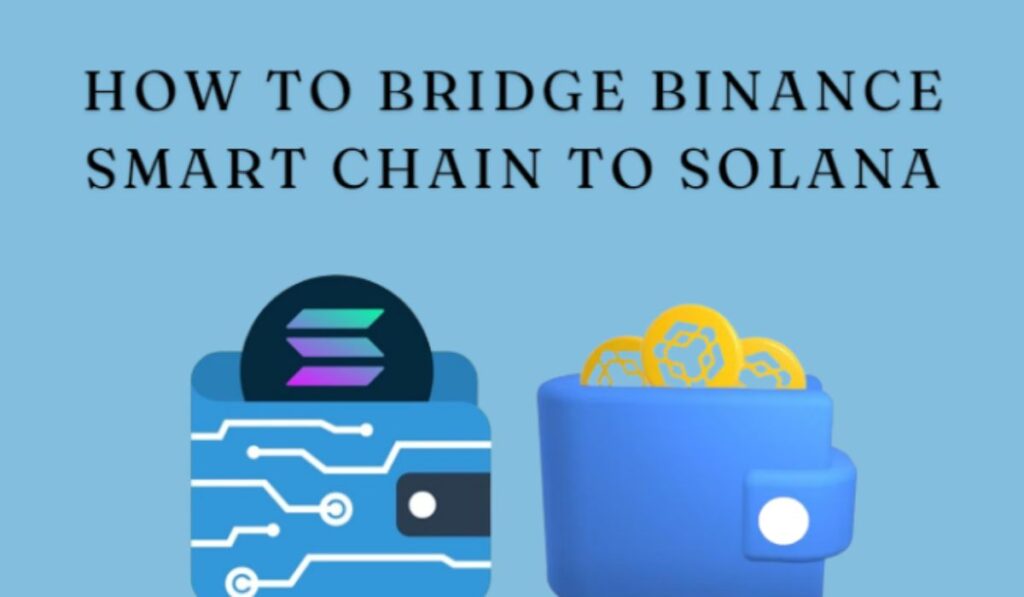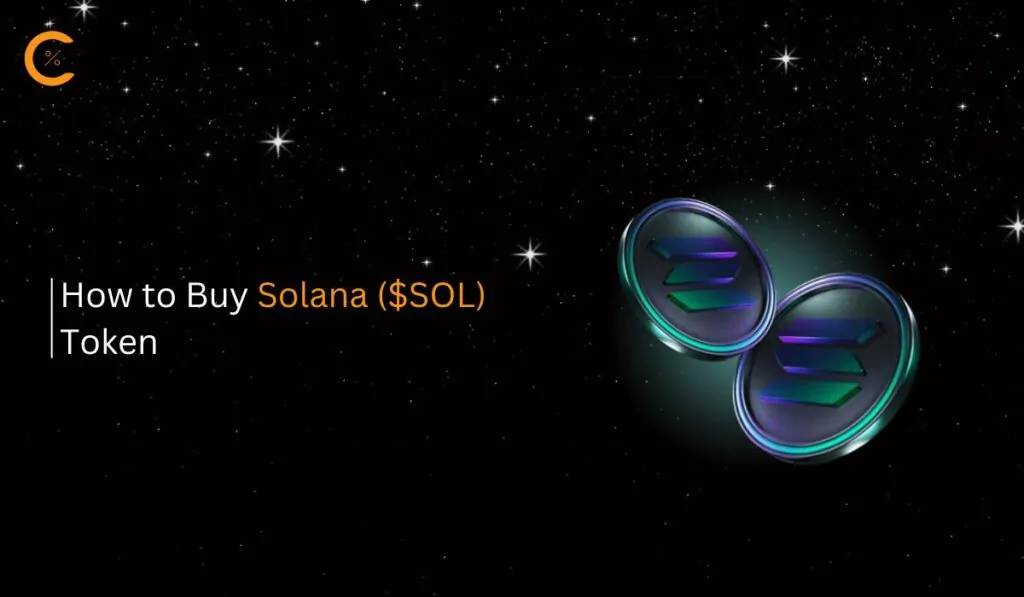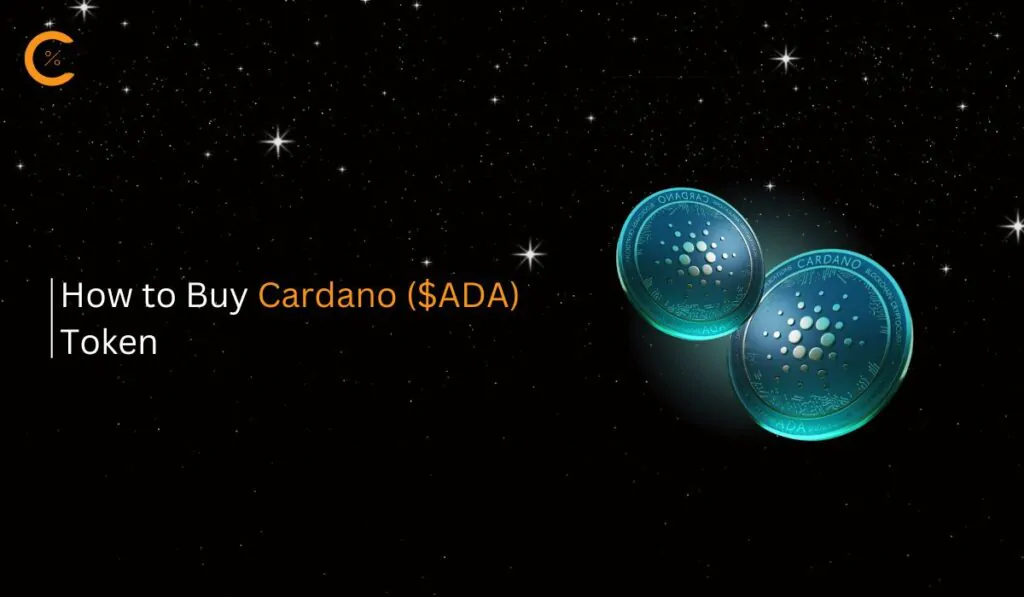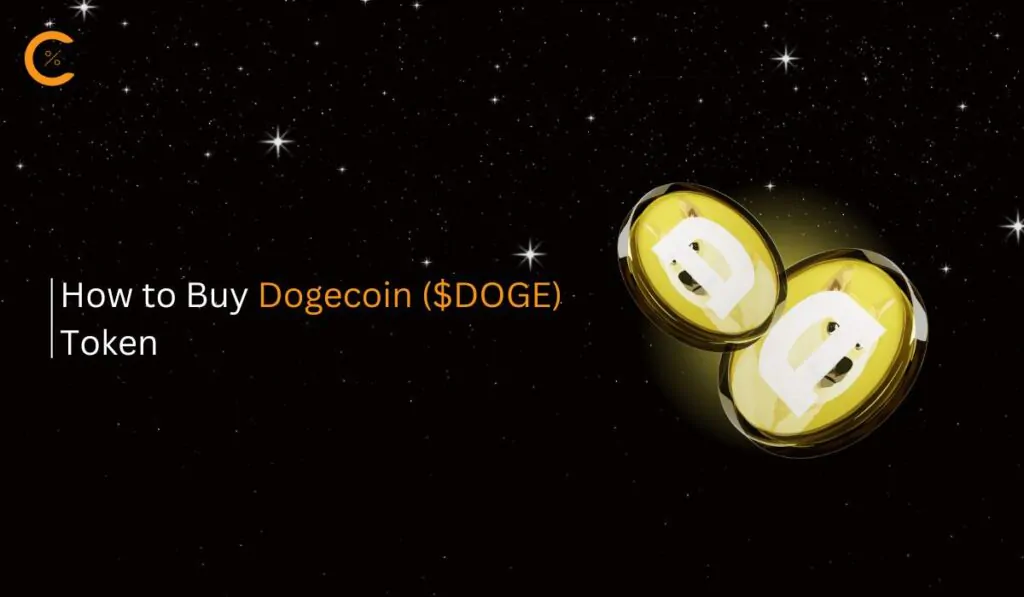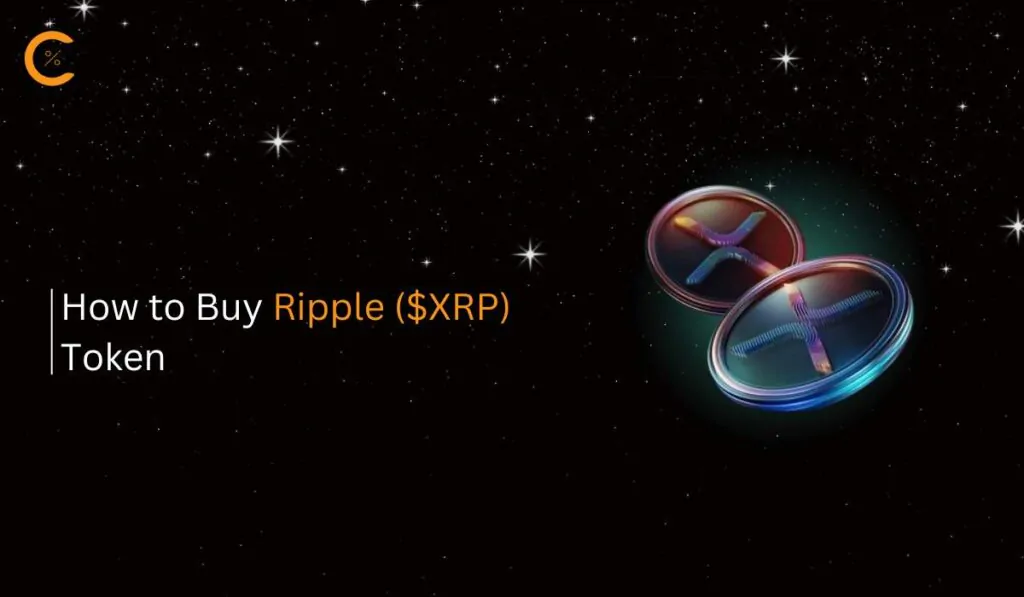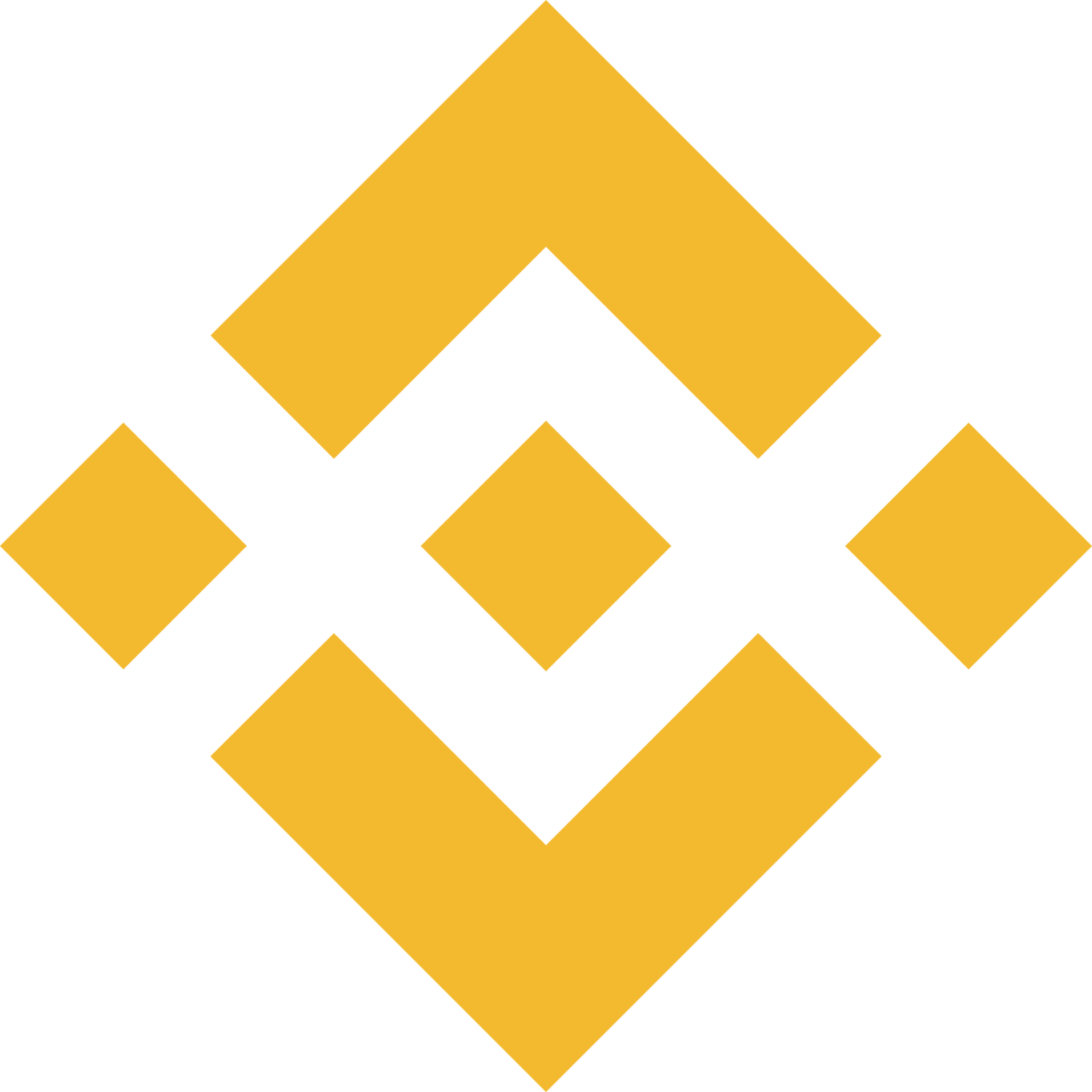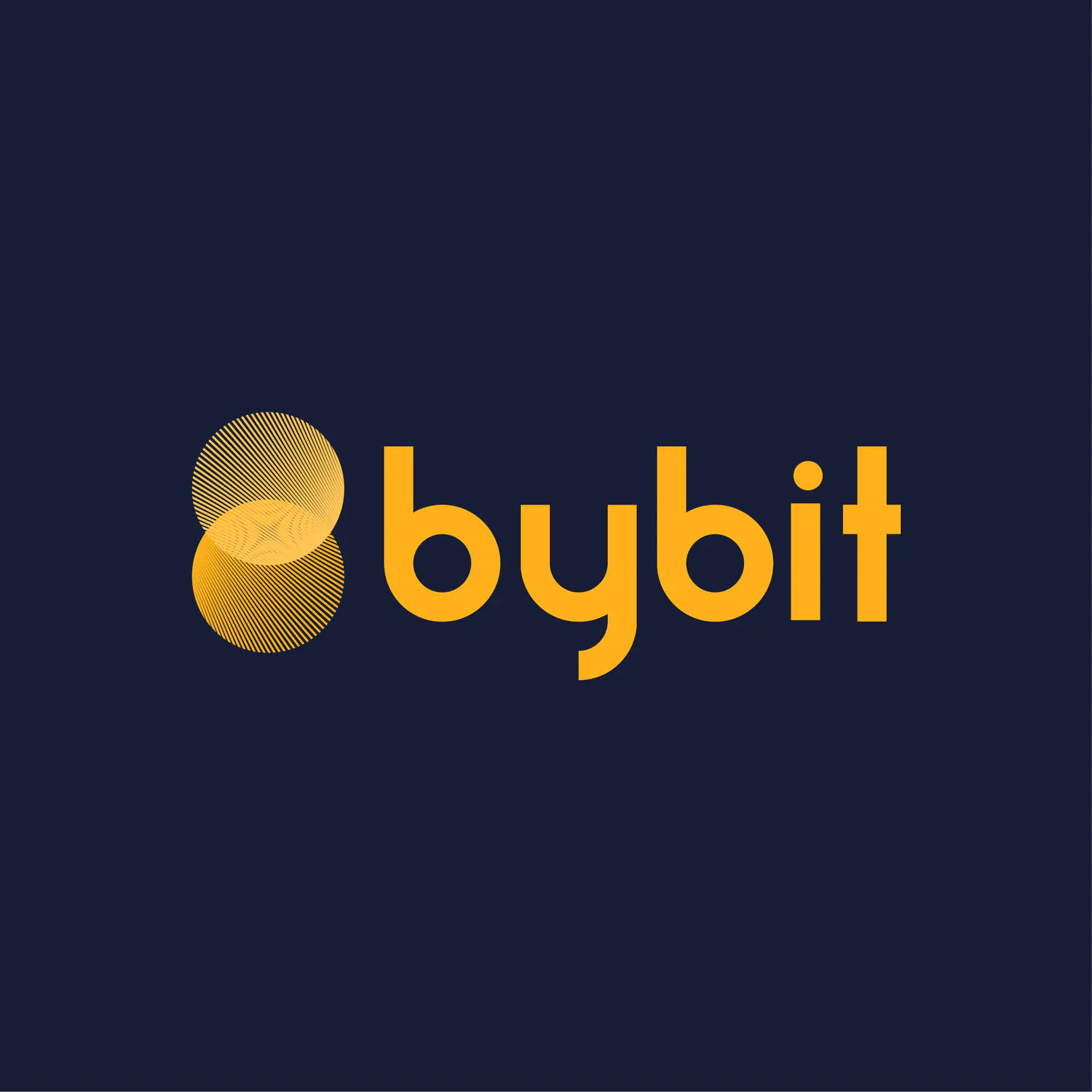Finding a reliable bridge to move assets from the BNB Chain to Solana can be frustrating, primarily due to the differences in the underlying blockchains. Most bridge platforms only support bridging assets between EVM-compatible blockchains. However, there are a few well-developed and reputable platforms that facilitate bridging from Binance Smart Chain to Solana, which we will explore in this guide.
Can I Bridge from Binance Smart Chain (BSC) to Solana?
Bridging assets from Binance Smart Chain to Solana can be done using cross-chain bridges or bridge aggregators. If you’re a MetaMask user and wondering why it doesn’t support this transaction, the reason is that MetaMask primarily supports EVM-compatible blockchains, and Solana isn’t one of them.
Important: It’s important to note that phishing scams and fraud are common when using untrusted bridges or fake websites. Connecting your wallet to these can lead to bad actors wiping out your funds.
When bridging assets between these networks, wallet compatibility can be a challenge. Binance Smart Chain is EVM-compatible, so it works with wallets like MetaMask that support EVM blockchains. However, Solana is not EVM-compatible and requires different wallets. While a MetaMask Snap can integrate Solana with MetaMask, it isn’t functional for asset bridging. The most effective solution is to use separate wallets for each chain to ensure a smooth bridging process.
How to Bridge from Binance Smart Chain to Solana
Both cross-chain bridges and bridge aggregators can help you bridge assets from Binance Smart Chain to Solana. For this, we will be using Portal Bridge, a cross-chain bridge, and Rango Exchange, which is one of the best bridge aggregators and supports both networks.
Using Cross Chain Bridge
The simplest and most cost-effective method for bridging assets from Binance Smart Chain to Solana is to use a cross-chain bridge like Portal Bridge. Built on the Wormhole network, Portal Bridge operates by locking the original token in a smart contract on the source chain and then minting a corresponding Portal-wrapped token on the target chain. After receiving these wrapped tokens, you can exchange them for native tokens on the destination chain.
Portal Bridge supports both Binance Smart Chain and Solana, making it easy for users to transfer their assets between these chains. In addition to its robust security and reputation—being rated among the best bridges—Portal Bridge also offers a wide range of tokens for bridging across these blockchains.
Step 1: Start the bridging process by opening the Portal Bridge in your browser.
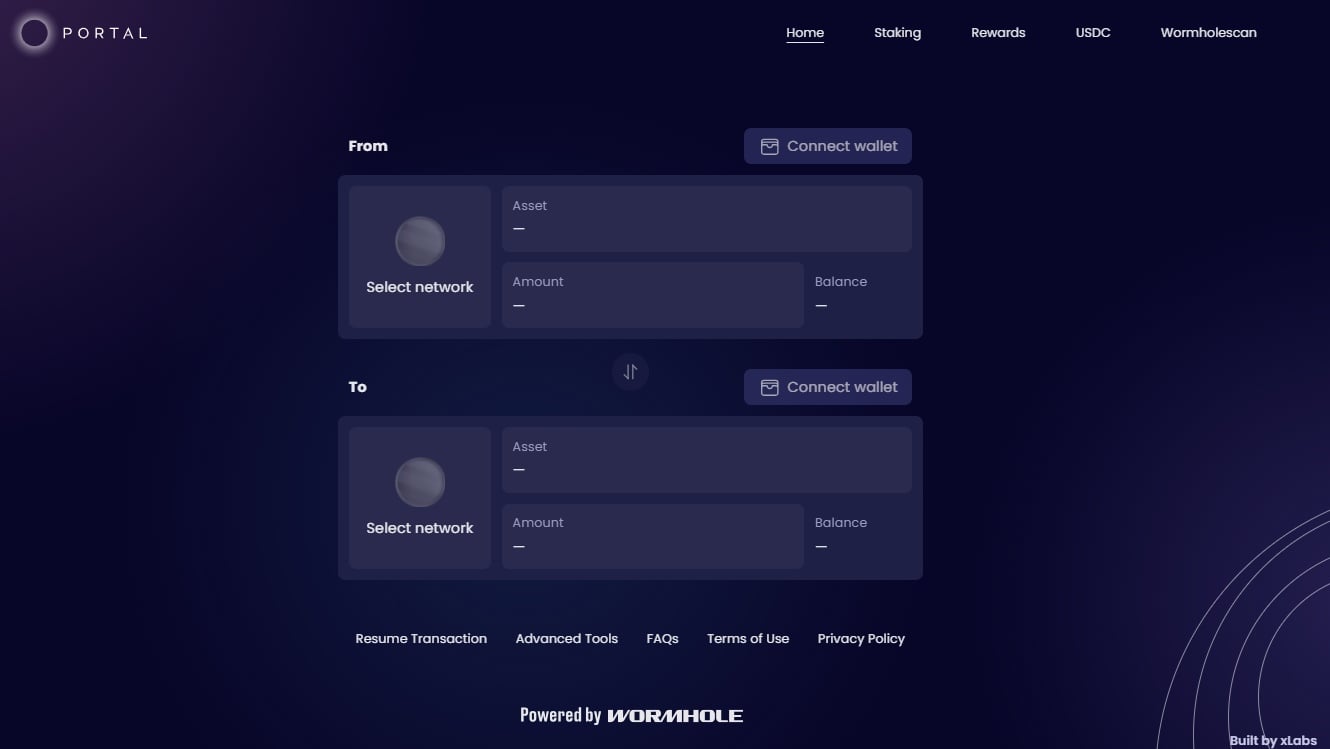
Step 2: Before connecting your wallet, choose the network you wish to bridge from. In this case, select Binance Smart Chain (BSC).
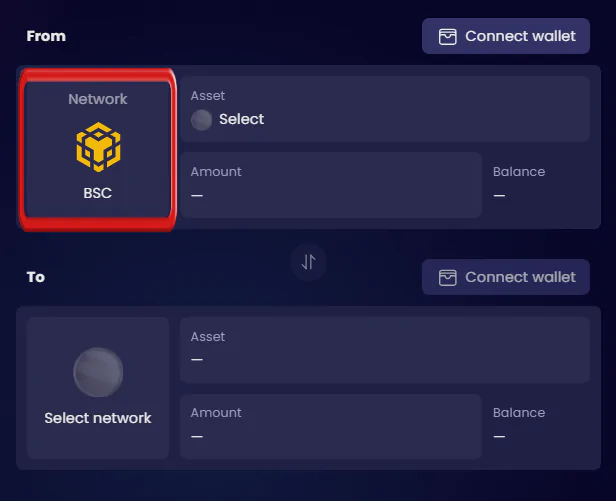
Step 3: Click the “Connect Wallet” button to link your wallet to the Portal Bridge.
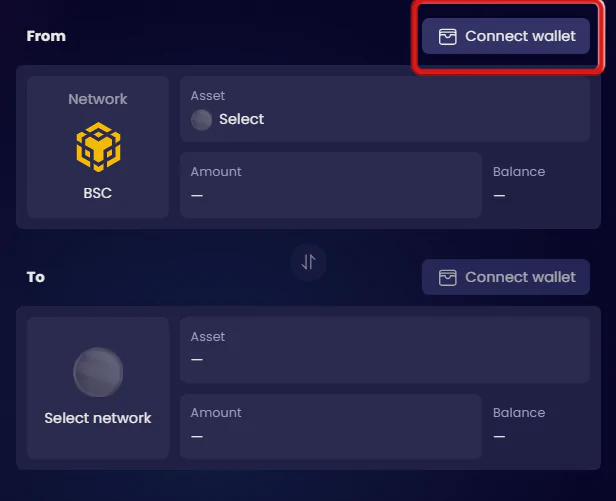
Step 4: Select the wallet that holds your funds on the Binance Smart Chain.
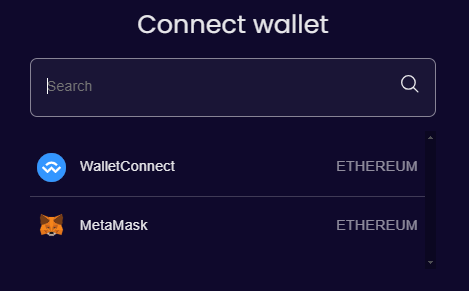
Step 5: Pick the token you want to bridge from the available options on the Binance Smart Chain, and specify the amount you intend to bridge.
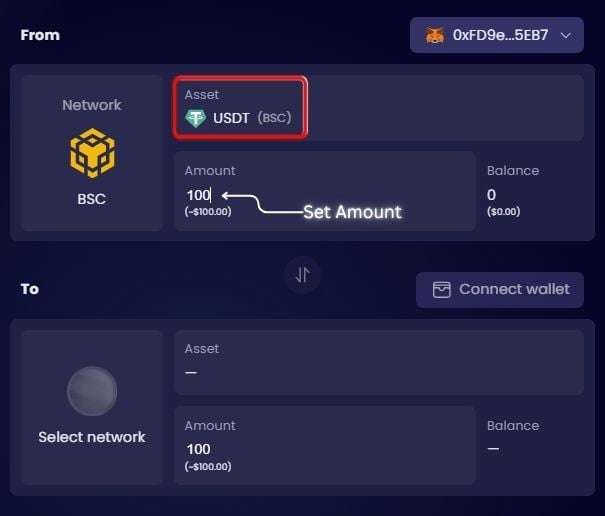
Step 6: Next, proceed to the destination blockchain and select “Solana“.
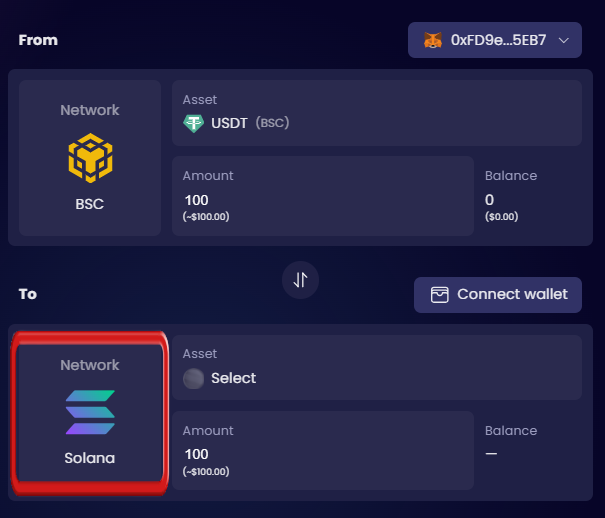
Step 7: For the Solana network, you need to choose a destination wallet. You can use either Phantom Wallet or OKX Wallet, which are compatible with Solana and other non-EVM blockchains.
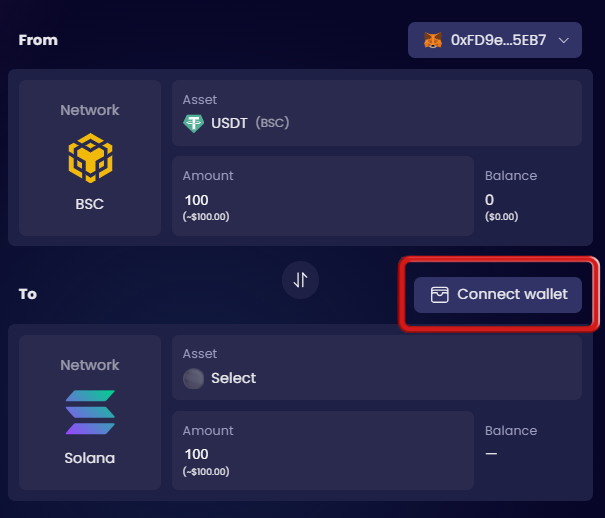
Step 9: After selecting the destination wallet, the next step is to choose the token you want to receive on the Solana network.
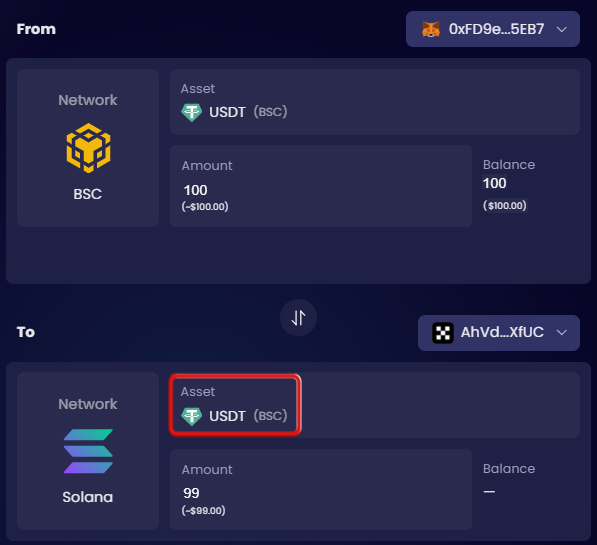
Step 10: The Portal Bridge will show the associated fees and the amount you will receive once the bridging process is complete.
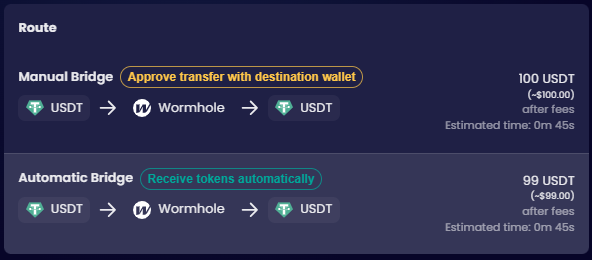
Step 11: Once you’ve reviewed all the details, proceed with the transaction to complete the asset transfer from BSC to Solana.
Cross-chain bridging platforms provide several advantages, notably lower transaction costs due to direct interactions with the service provider. However, for those new to cryptocurrency, determining which platforms are reliable can be difficult, especially considering the prevalence of scams in the industry.
Using Bridge Aggregator
Bridge aggregators function differently from cross-chain bridges. Rather than performing the bridging action themselves, they connect users with platforms that offer bridging services. This approach, while involving additional fees, allows bridge aggregators to offer a broader range of assets for bridging.
Rango Exchange is a prime example of a bridge aggregator, enabling users to bridge assets from Binance Smart Chain to Solana. Rango provides a wide selection of tokens and bridging options, ensuring the most efficient transfer routes. It boasts robust security and reliability, with access to over 100 DEXs and bridges, smart routing for optimal fees, and exceptionally high liquidity. Supporting over 67 chains, 68 DEXs, 18 bridges, and 25 wallets, Rango’s user-friendly interface allows seamless asset transfers across more than 60 chains without requiring KYC.
Step 1: Visit the Rango Exchange website.
Step 2: Click the “Launch App” button to enter the Rango bridge aggregator platform.
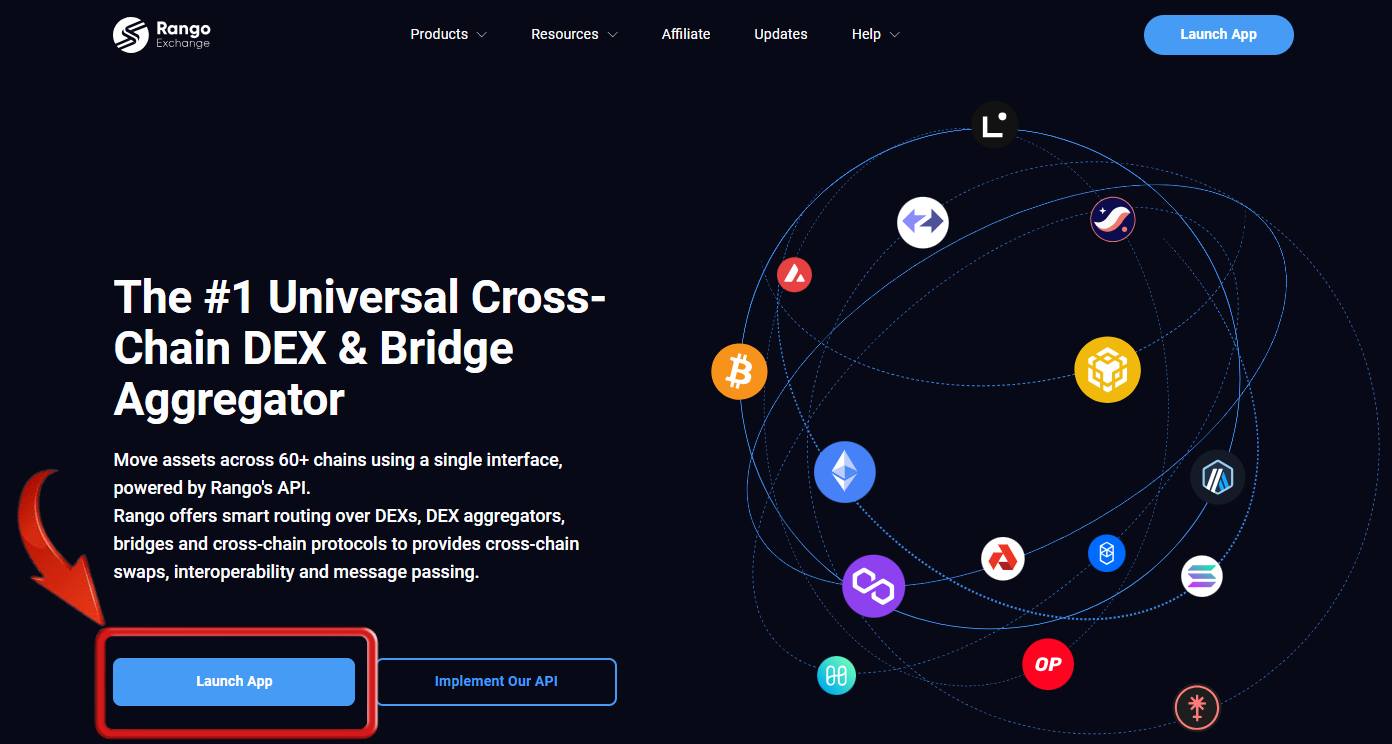
Step 3: Choose the blockchain and tokens you want to bridge. For ease, select stablecoins on both Binance Smart Chain and Solana.
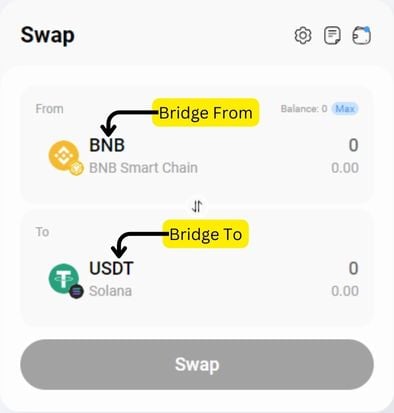
Step 4: Click the settings icon to access options like adjusting slippage and selecting routes.
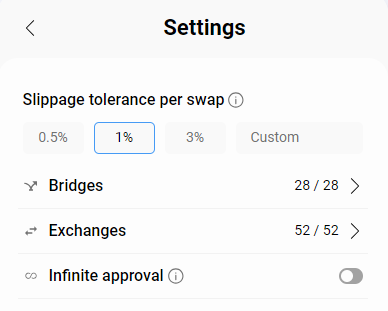
Step 5: After reviewing and configuring your options, click the “Connect Wallet” button to continue.
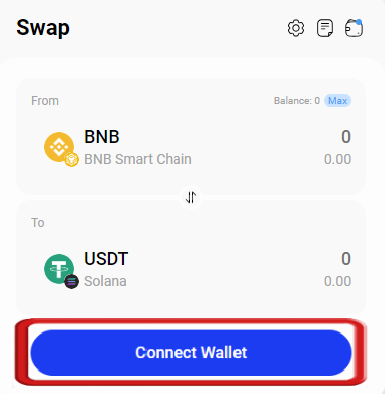
Step 6: Now, simply connect compatible wallets for both Binance Smart Chain and Solana networks.
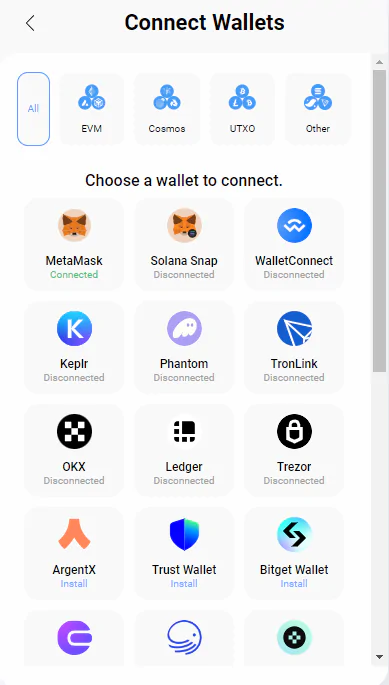
Step 7: Once you’ve selected the wallets, specify the amount you wish to send to the Solana network.
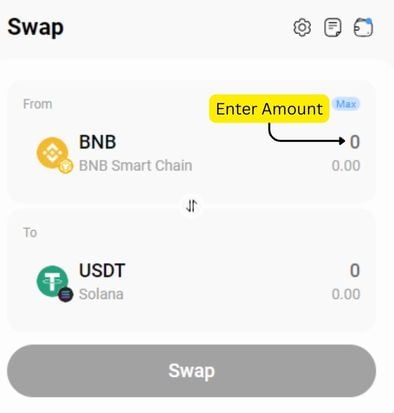
Step 8: After entering the amount, Rango Exchange will display all possible routes for the bridge. The best and fastest routes will be clearly indicated among the options.
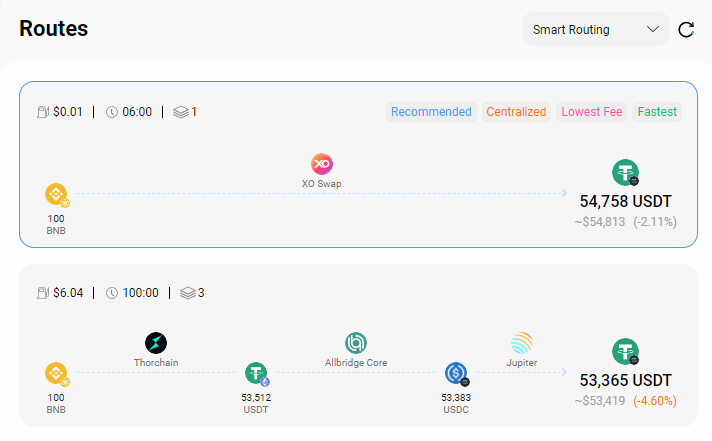
Step 9: Choose the route you believe is the best for bridging your assets from Binance Smart Chain to Solana, and then click “Swap”.
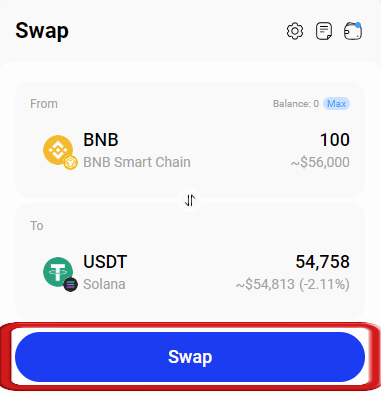
Bridge aggregators offer a key benefit: a wide range of options. Yet, they share a drawback with cross-chain bridges – the need to manage multiple wallets, which can be cumbersome for users.
For those seeking to avoid bridging entirely, centralized exchanges like Binance or BingX provide a simpler alternative. These platforms allow direct buying and selling of assets, eliminating concerns about bridging, failed transactions, or multiple wallet management.
Bottomline
A reliable cross-chain bridge can effortlessly help you transfer assets from Binance Smart Chain to Solana. Since your options are limited to Portal Bridge and Rango Exchange, both secure and efficient, it’s essential to stay vigilant against potential phishing scams to protect your assets.
FAQs
1. Can I bridge any token from Binance Smart Chain to Solana?
Not all tokens on Binance Smart Chain might be supported for bridging to Solana. The availability of tokens for bridging depends on the specific bridge or aggregator you’re using and their supported token list.
2. What are the key differences between cross-chain bridges and bridge aggregators?
Cross-chain bridges, like Portal Bridge, handle the asset transfer process directly by locking tokens on the source chain and minting equivalent wrapped tokens on the destination chain. They typically involve fewer intermediaries but may have limited token support. On the other hand, bridge aggregators, such as Rango Exchange, connect users with multiple bridging services and offer a wider range of tokens and routes. They aggregate various bridging options, which can result in additional fees but often provide better flexibility and efficiency.
3. Can I bridge assets between more than two blockchains using these services?
Yes, some advanced bridge aggregators like Rango Exchange support bridging assets across multiple blockchains beyond just Binance Smart Chain and Solana. These platforms offer a variety of routes and connections to facilitate transfers between a wide range of blockchains. However, it’s important to check the specific capabilities of each platform, as the availability of multi-chain bridging options can vary.
4. Are there any limitations on the types of tokens or assets that can be bridged?
Yes, there can be limitations on the types of tokens or assets that can be bridged, depending on the bridge or aggregator you are using. While platforms like Rango Exchange offer a wide range of tokens, some cross-chain bridges may only support specific assets. Always check the supported assets list on the platform before initiating a transfer to ensure that the tokens you wish to bridge are available

